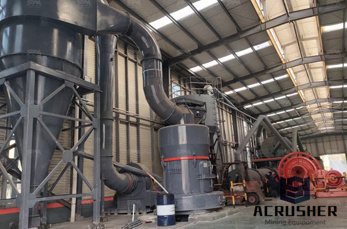
Carmeuse''s baseline of products and their corresponding industrial applications include: Quicklime (Calcium Oxide) : See: Steel Making, FGD, Construction, Masonry ...

Calcium and water: reaction mechanisms, environmental impact and health effects

Apr 18, 2016· Video embedded· Skip navigation Sign in. Search

Cement from CO 2: A Concrete Cure for Global Warming? ... While Calera''s process of making calcium carbonate cement wouldn''t eliminate all CO 2 emissions, ...

Summarises the hydration process of Portland cement and describes the principal cement hydration products.

Waste calcium carbonate powders from marble stone sawing can be used as a raw material in the cement manufacturing process.

calcium carbonate, industrial ... It contributes to the making of mortar used in bonding bricks, concrete ... Because of its antacid properties, calcium carbonate is ...

The role of calcium carbonate in cement hydration. ... It is also noteworthy that adding carbonate in the form of calcium carbonate to cement slightly reduces its ...

Though "cement" and "concrete" are often used interchangeably, concrete is actually the final product made from cement. The primary component of cement is ...

Composition of cement. Introduction Portland cement gets its strength from chemical reactions between the cement and water. The process is known as hydration.

Limestone is used in a wide variety of products ... is any rock composed mostly of calcium carbonate ... (the product from the first step in making cement) ...

The base of pastel chalks is calcium sulfate (CaSO 4 ), which is derived from gypsum (CaSO 4 2H 2 O), an evaporite mineral formed by ...

For more information about the markets and uses for calcium chloride outlined below, please contact us.

Chemistry. Nonhydraulic cement, such as slaked lime (calcium hydroxide mixed with water), hardens by carbonation in the presence of carbon dioxide which is naturally ...

Unique, Efficient Lowcost Carbon Capture Method . Blue Planet''s technology uses CO2 as a raw material for making carbonate rocks. The carbonate rocks produced ...

Calcite, which gets its name from "chalix" the Greek word for lime, is a most amazing and yet, most common mineral. It is one of the most common minerals on the face ...

Why Calcium Chloride in Concrete? Investigations have shown that a two per cent addition of calcium chloride has equal cure strength at 50F as plain concrete has at .

The cement industry faces a number of challenges that include depleting fossil fuel reserves, scarcity of raw materials, perpetually increasing demand for cements and ...

About 50% of cement (often known as Portland cement) is tricalcium silicate, ... Calcium carbonate is also used: to make sodium carbonate by the Solvay process;

A brief look at calcium''s properties, functions and presence in raw milk.

Manufacturer of Construction Chemicals Microsilica, Ground Granulated Blast Furnace Slag ( GGBS), Zeolite Powder and Lime Powder(Calcium Hydroxide) offered by ...

Cement is used with fine aggregate to produce mortar for ... whereby a molecule of carbon dioxide is liberated from the calcium carbonate to form calcium oxide, ...

A secondary school revision resource for AQA GCSE Chemistry about limestone, calcium oxide and carbon dioxide, calcium hydroxide and types of limestone products .

Marble is a nonfoliated metamorphic rock that forms through the metamorphism of limestone. It has a greater number of potential uses than almost any other rock type.
 WhatsApp)
WhatsApp)